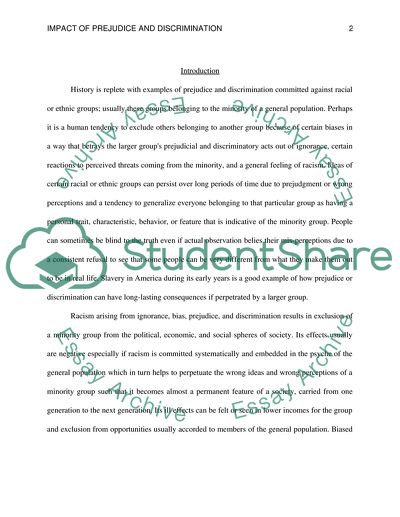Cite this document
(“The Impact of Prejudice and Discrimination Research Paper”, n.d.)
Retrieved from https://studentshare.org/miscellaneous/1634384-the-impact-of-prejudice-and-discrimination
Retrieved from https://studentshare.org/miscellaneous/1634384-the-impact-of-prejudice-and-discrimination
(The Impact of Prejudice and Discrimination Research Paper)
https://studentshare.org/miscellaneous/1634384-the-impact-of-prejudice-and-discrimination.
https://studentshare.org/miscellaneous/1634384-the-impact-of-prejudice-and-discrimination.
“The Impact of Prejudice and Discrimination Research Paper”, n.d. https://studentshare.org/miscellaneous/1634384-the-impact-of-prejudice-and-discrimination.


